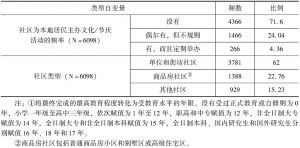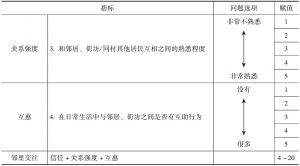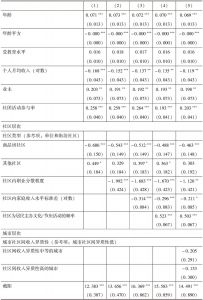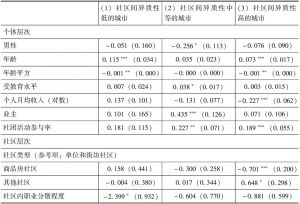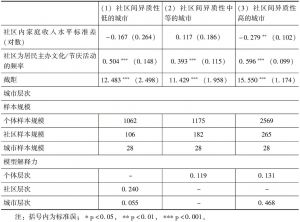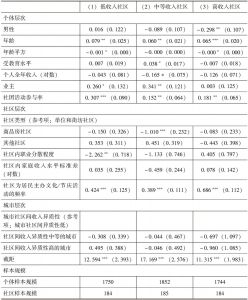章节
城市社区异质性与社区凝聚力
关键词
作者
蔡禾 ,中山大学社会学与人类学学院教授、院长。研究方向为城市社会学、企业与组织、农民工问题、社会政策。
检索正文关键字
章节目录
-
一 问题的提出与文献
- (一)问题的提出
- (二)文献回顾
- 1.物理空间与邻里关系
- 2.社会空间与邻里关系
-
二 样本与测量
- (一)样本
- (二)测量
- 1.社区凝聚力
- 2.社区异质性和社会参与
-
三 研究假设
- (一)居民个体特征与居民邻里关系
- (二)社区特征与居民邻里关系
- (三)城市特征与居民邻里关系
- (四)社会参与和居民邻里关系
-
四 城市居民的邻里关系和社区异质性状况
- (一)居民邻里关系
- (二)社区内异质性
- (三)社区间异质性
- 五 模型及解释
- 六 结论
相关文献
查看更多>>>





